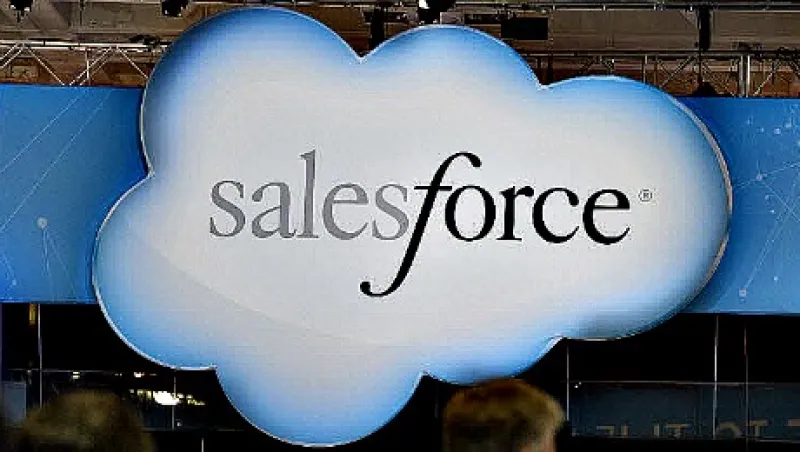Institutional Investor asked participants in the All-America Research Team survey to identify the industry sectors and macroeconomic disciplines in which they would like to see more sell-side research. We received more than 950 suggestions on topics ranging from additive manufacturing — better known as 3-D printing — to yieldcos, fairly new mechanisms that hold the cash-generating infrastructure assets of renewable energy outfits. This installment looks at companies that provide software as a service.
The concept of “software as a service,” often abbreviated as SaaS, has been around for decades, and it is easy to understand the appeal from both a provider’s and a user’s perspective. Vendors can generate recurring revenue from subscription fees for the software and services they provide, thus resulting in stickier client relationships, and users can access their data from anywhere — from any computer in any region — without having to worry if they are using the latest version of the software or if their licensing fees are up to date.
The reason that SaaS is getting a lot of attention lately is because it seems to represent the future of the software industry. Kasthuri Rangan, who captures the top spot for the first time in Software on II’s All-America Research Team, believes that these companies also provide investors with an opportunity to make serious money in a sector that many believed held little promise for growth. The Bank of America Merrill Lynch analyst notes that cloud computing (of which SaaS is but one aspect), accounts for only about 3 percent of information technology spending in the U.S. “We think this number is going to grow dramatically,” the San Francisco–based researcher says.
Mark Moerdler, an analyst at Sanford C. Bernstein & Co. who has written extensively on SaaS, agrees — and maintains that older, established companies may have the most to gain. “We believe that Microsoft Corp. is going to benefit significantly from the move to the cloud,” he says. “The company started to prepare for the transition eight years ago and now is moving very aggressively to not just SaaS but also [platform as a service] and [infrastructure as a service]. As compared to most vendors, Microsoft’s offerings run either on-premise or in the cloud, so customers can choose between the two or run a hybrid combination.”
The Redmond, Washington–based computer and consumer electronics behemoth is building the largest cloud scale of any vendor competing in SaaS, Moerdler adds, and the implicit economies of scale will allow it to achieve margins that rivals will not.
“We are also bullish on Adobe Systems’ prospects, as they are the leader in digital marketing SaaS, and this is a large and growing market,” observes the analyst, who works out of New York and earns a runner-up spot in the sector this year. The San Jose, California–based developer of the portable document format and other products “is also in the midst of a transition from a license model to a subscription model with an embedded price increase.”
However, he is bearish on what is arguably one of the more recognizable SaaS names, Salesforce.com, a San Francisco–based provider of customer relationship management software. “We have an underperform on Salesforce.com,” Moerdler reports. “We see the core businesses slowing significantly, and the company is moving from organic growth more and more to growth via acquisition, which can be difficult and painful. We believe the combination impacts margins.”
Companies that Salesforce.com has bought in the past two years include France’s EntropySoft, which provides content integration solutions; Bellevue, Washington–based clipboard.com, an online clipping service; and RelateIQ, an enterprise software company headquartered in Palo Alto, California.
Rangan, on the other hand, is unabashedly bullish on Salesforce.com and insists that the company’s core growth is “solid.” (The stock has risen 7.1 percent year-to date through late October, compared with 12.6 percent for the sector and 6.1 percent for the broad market.)
Client expectations regarding performance drivers in the SaaS space are changing, Moerdler notes. “Until recently it was growth rate and growth prospects, but we believe investors are looking more and more at other factors, including margins and prospects for margin improvement, competitive positioning and so on,” he says. “The space is moving from single-product point solutions in the cloud to larger offerings including suites. Competitive pressure is increasing in many parts of SaaS as both new vendors enter the market and traditional on-premise vendors become more competitive and offer fully featured SaaS.”






